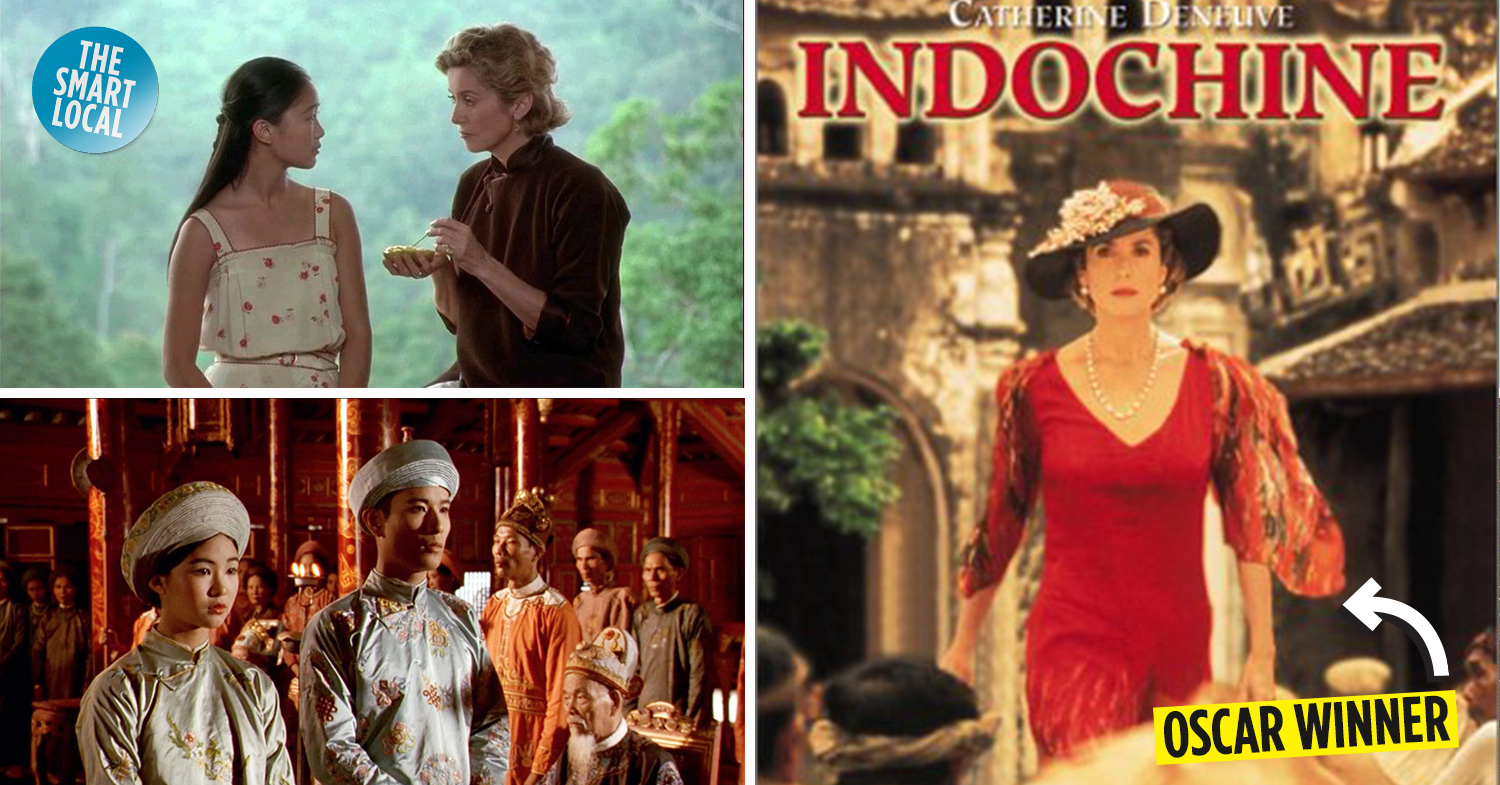Indochine – a captivating depiction of historical Vietnam
From Downton Abbey to The Crown, European period drama films have been captivating contemporary audiences all over the world these days. It’s hard to get over fairytale gowns, distinctive etiquette, flowery speech, and stunning architecture that belong in ancient times.
If you already know how to dine in the Queen’s presence after watching many historical dramas, we suggest you shift your attention to a movie set in another region in the same period – Indochina from 1887 to 1954.
There’s probably no material that can depict Indochina and its short period of French rule in a more riveting, gripping, and romantic fashion than the movie Indochine.
Here’s what makes the movie worth a watch.
1. The movie is set in Vietnam during the 1930s-1950s
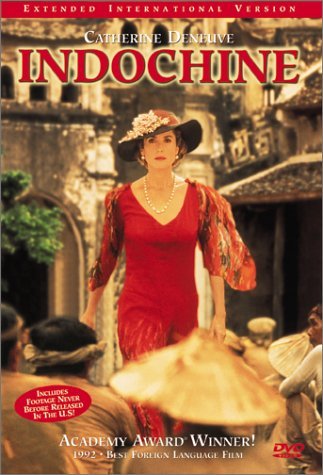
Image credit: IMDB
Directed by Régis Wargnier, Indochine is a 1992 movie set in Vietnam during the 1930s to 1950s, when the country was a colony of France and the Nguyễn Dynasty monarchy was still reigning. The trailer of Indochine opens with a very impressive line that summaries the setting of the movie.
“Before there was the nation of Vietnam, there was a land called Indochine.” the line reads.
As a movie buff, I find this introduction enchanting, if read in context. As a history buff, I would add one more line to offer a more precise historic view.
“Before there was Indochine, there was Đại Nam, and before it – Vietnam.”
Throughout Vietnam’s history, numerous names, officially and unofficially, have been given to the territory of Vietnam.
Indochina, or Indochine in French, refers to a grouping of French colonial territories in Southeast Asia, Vietnam included, from 1887 until 1954. Before the French colonists came in and called this area Indochina, the territory of Vietnam was named Đại Nam since 1839. Before that, from 1804-1839, the territory’s official name was Vietnam.
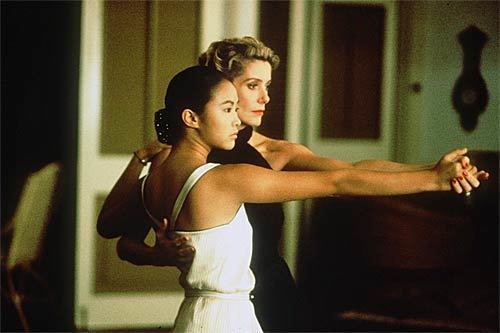
Image credit: LA Times
You can see Indochina as the past life of Vietnam, and if you go further back in history, Vietnam was also the past life of Indochina.
Since we are talking about names, I’d also like to mention in passing some historical exonyms that were mainly used during the French colonial rule.
Before the Geneva Conference in 1954 that divided the country, southern parts of Vietnam, with Saigon as the principal city, were collectively known as Cochinchina. The northern section was called Tonkin. Central Vietnam, which was also a French protectorate, was commonly referred to as Annam.
2. It’s about a convoluted love story amid political unrest
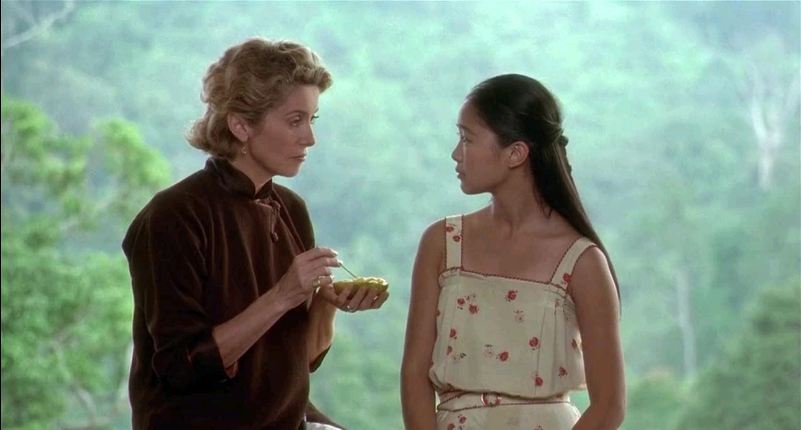
Éliane (left) and Camille (right)
Image credit: IMDB
The movie plotline revolves around a convoluted love story between Camille – a Vietnamese orphan whose father was a deceased Nguyễn Dynasty prince, Éliane – her wealthy, doting French foster mother, and Jean-Baptiste – a handsome French naval officer.
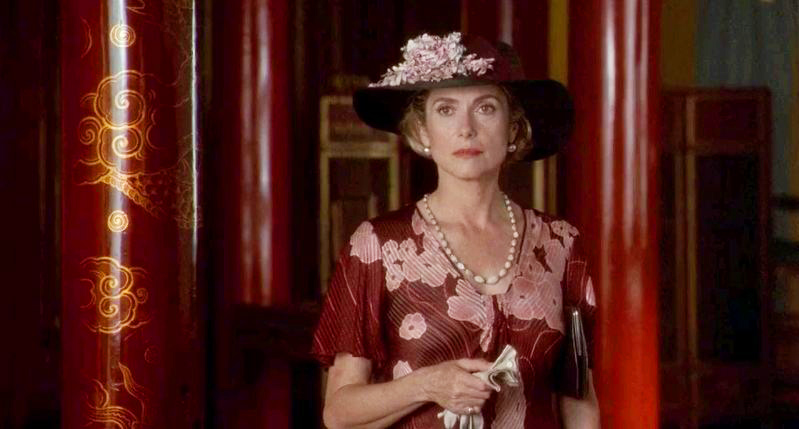
Plantation owner Éliane, played by Catherine Deneuve
Image credit: IMDB
Growing up in colonial high society with a prestigious French upbringing, Camille struggles to find her Vietnamese identity as she faces discrimination from her French friends. Worse, she falls in love with a French officer who loves her French foster mother.
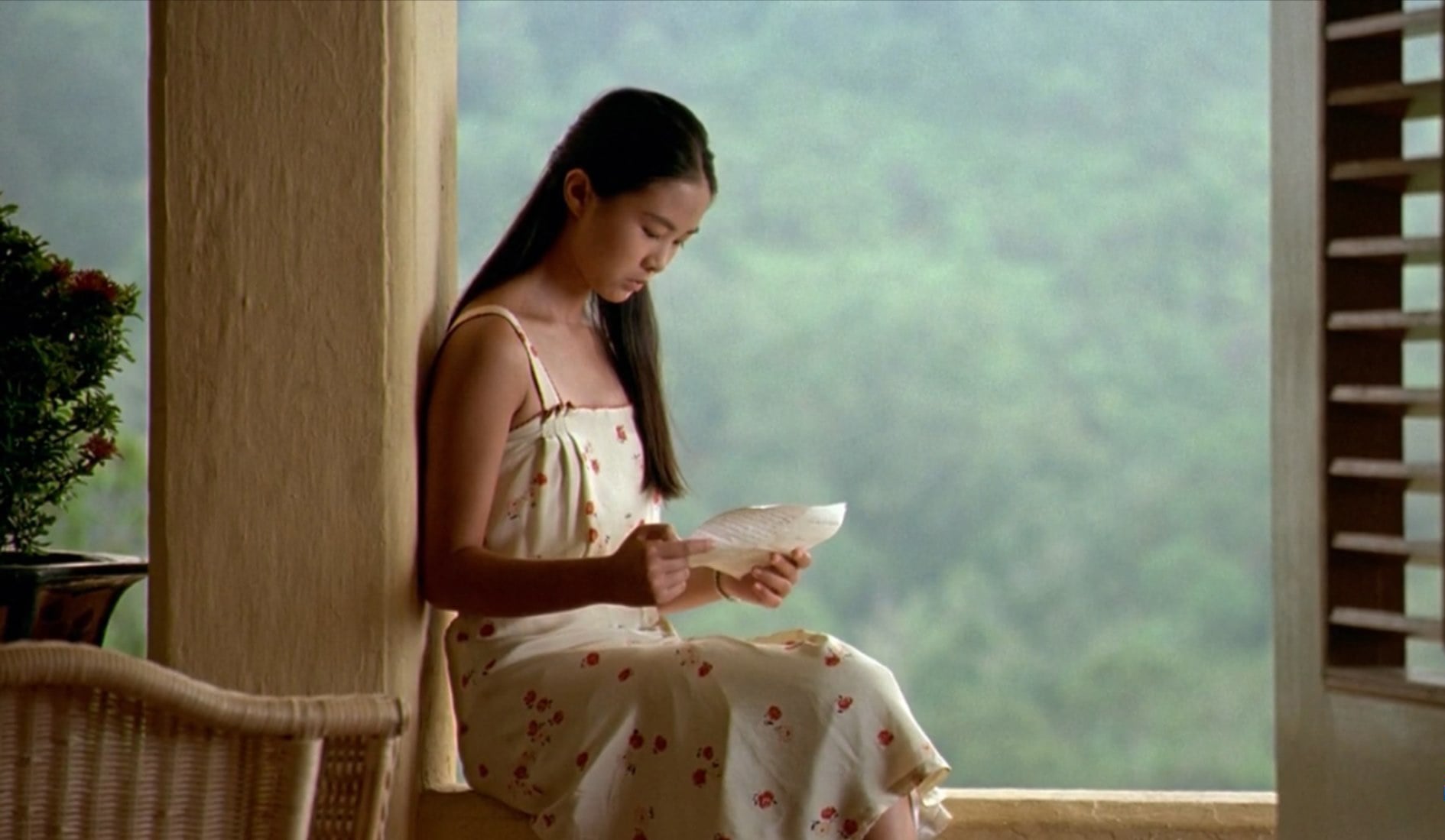
Camille, a teenager of the Vietnamese royal lineage, played by Linh Dan Pham
Image adapted from: Sài Gòn Vi Vu
Torn by her conflicting feelings and her twisted love life, she runs away after her engagement with a Vietnamese royal family member to search for Jean-Baptiste.
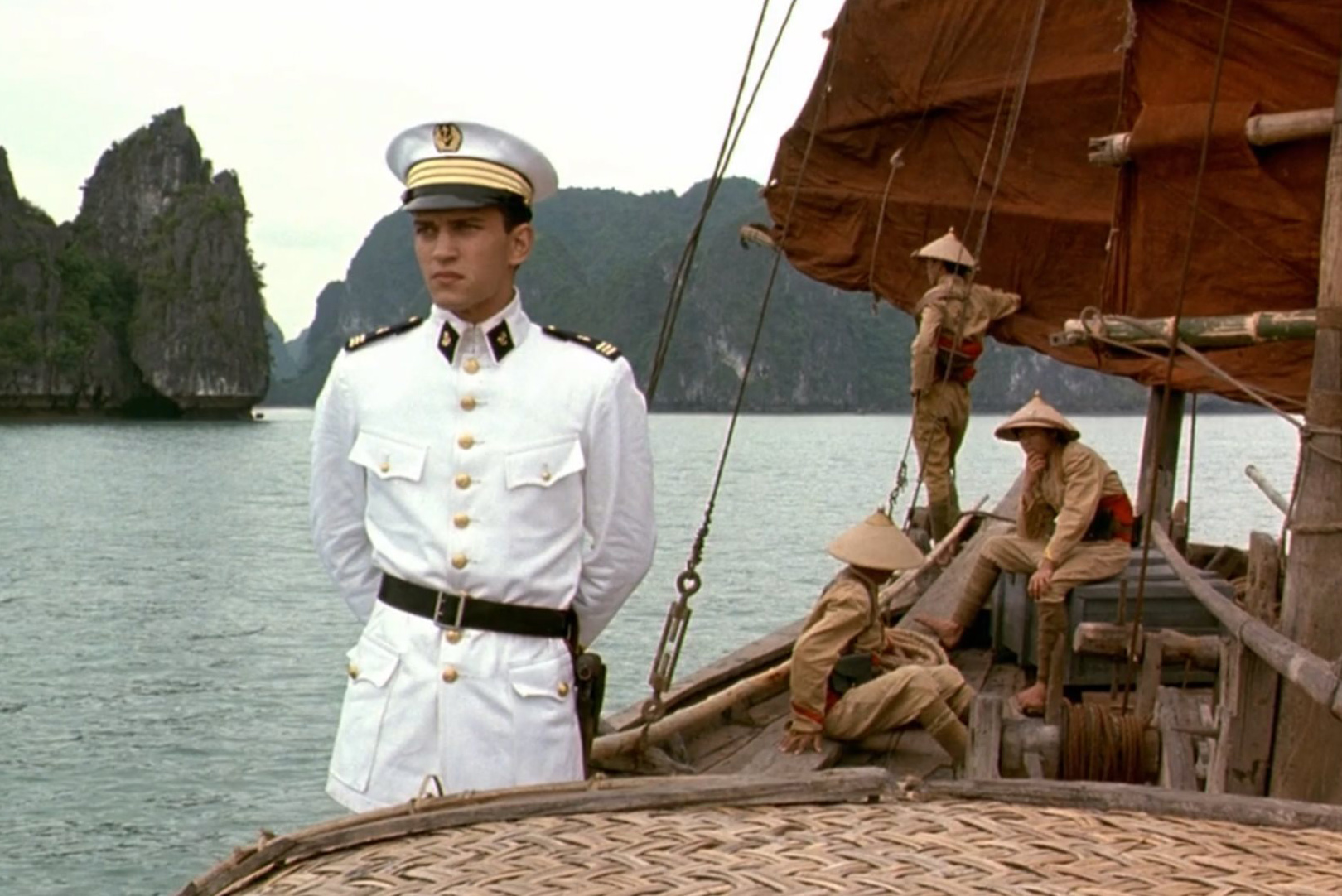
French officer Jean-Baptiste, played by Vincent Perez
Image adapted from: Sài Gòn Vi Vu
The later part of the movie follows Camille on her life-changing journey that opens her eyes to the outside world and the sufferings of her own people, and fortifies her sense of belonging as a Vietnamese. She reunited with Jean-Baptiste while in northern Vietnam and they had a son together.
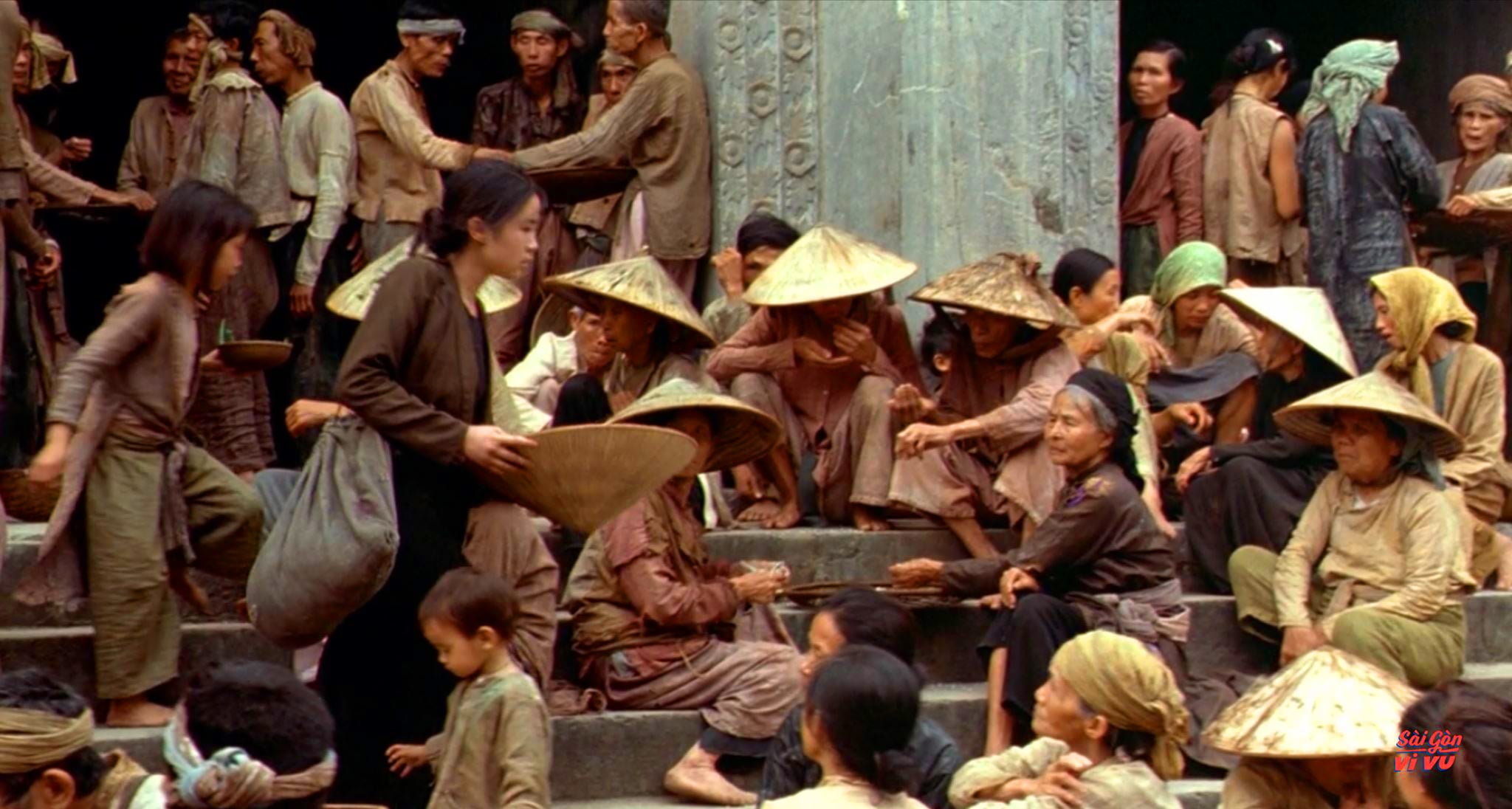
Camille living the harsh life of an ordinary Vietnamese citizen after running away
Image adapted from: Sài Gòn Vi Vu
The transformation of Camille from a carefully sheltered, confused princess who can’t embrace her ethnic identity, into a fearless, affirmative woman who joins anticolonial rebellions after seeing how her people were treated – is breathtaking.
In the end, Éliane realizes that Indochina is dying as the French colonial rule is coming to an end. Knowing that her French citizenship can no longer protect her, the fearless and stubborn plantation owner leaves for France with Camille’s baby.
Indochine also delves into the political unrest in Vietnam at the time, with nationalist movements across the country as French colonialism was coming to an end.
For this reason, it is laced with conflicting situations created by the extravagant lifestyles of a group of the colonial gentry versus the extreme suffering of the local people.
3. A nostalgic glimpse into Vietnamese and French fashion in the previous century
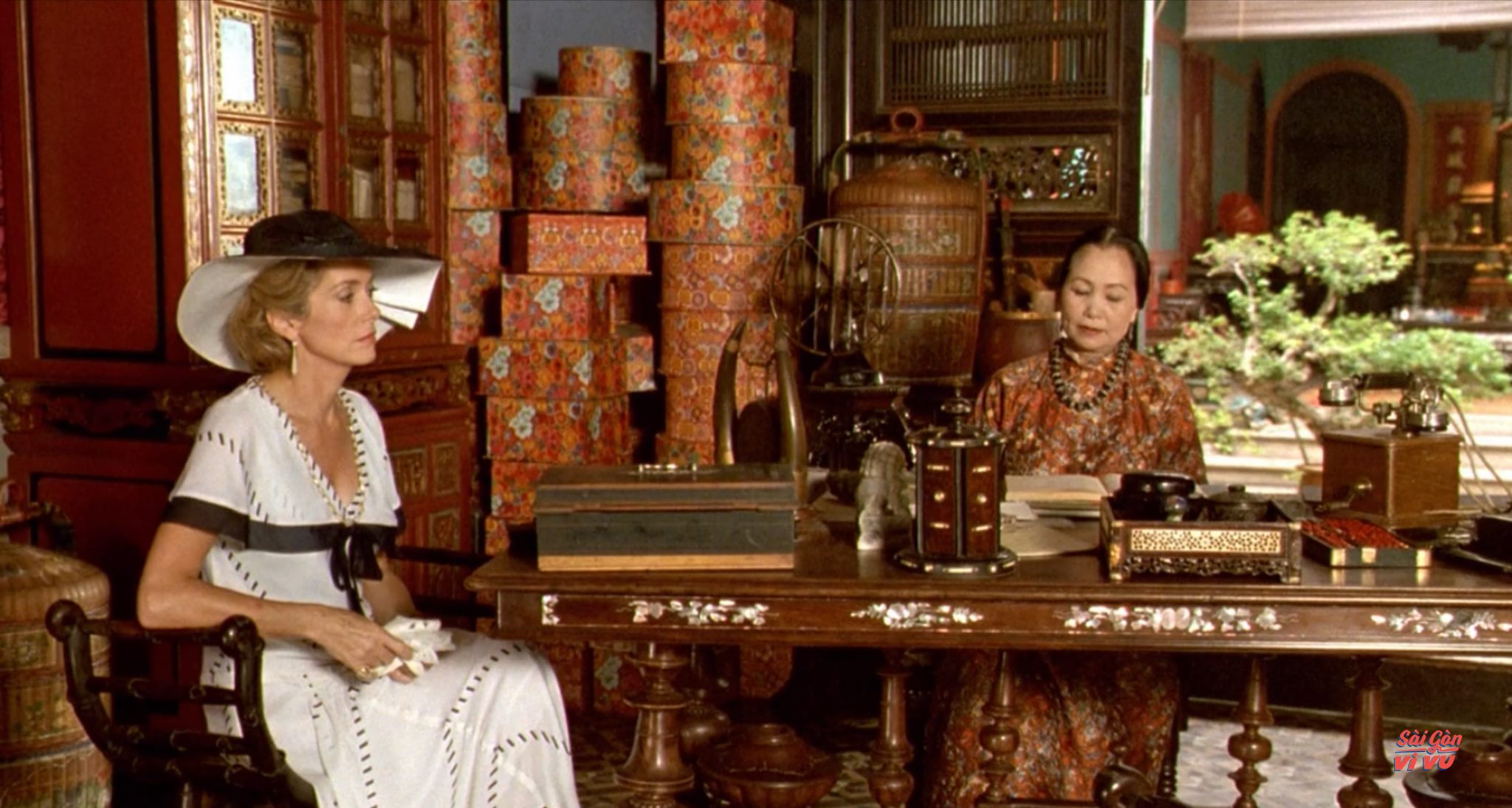
Image credit: Sài Gòn Vi Vu
Remember that je ne sais quoi about French women that Emily said in the Netflix hit Emily in Paris?
I believe it lies in French fashion, which is mysteriously classy and seductive at the same time.
In this movie, you can feast your eyes on spectacular dresses that were a hallmark of French fashion in the 1950s.
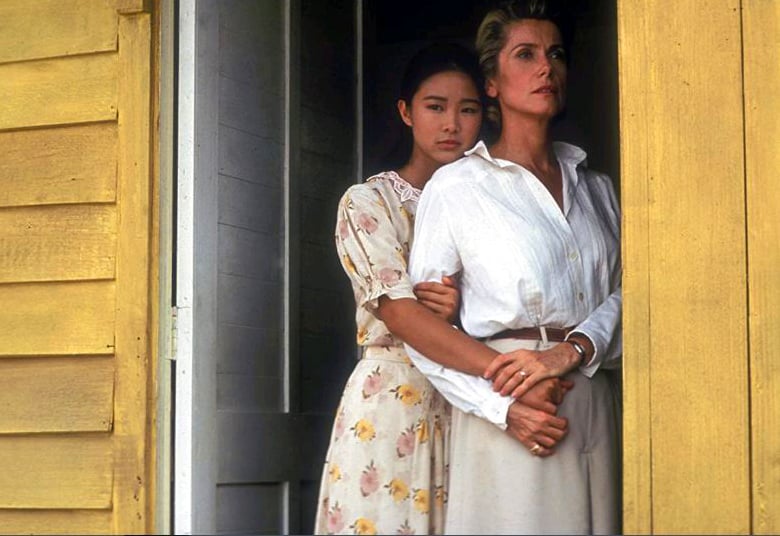
Image credit: IMDB
From slinky, low-back satin dresses perfect for family parties to high-waisted leg pants fitting for working days in the plantations, you’ll wonder how Éliane can pull off so many looks so effortlessly and flawlessly.
For Vietnamese viewers longing for a peek of old-school local fashion, you’ll also get what you want.

Camille’s royal wedding
Image adapted from: Sài Gòn Vi Vu
Since this is a movie about Vietnam and set in Vietnam, it would not be complete without showcasing traditional Vietnamese fashion – áo dài.
What I love about this movie is how accurately and aesthetically the traditional áo dài are portrayed here.
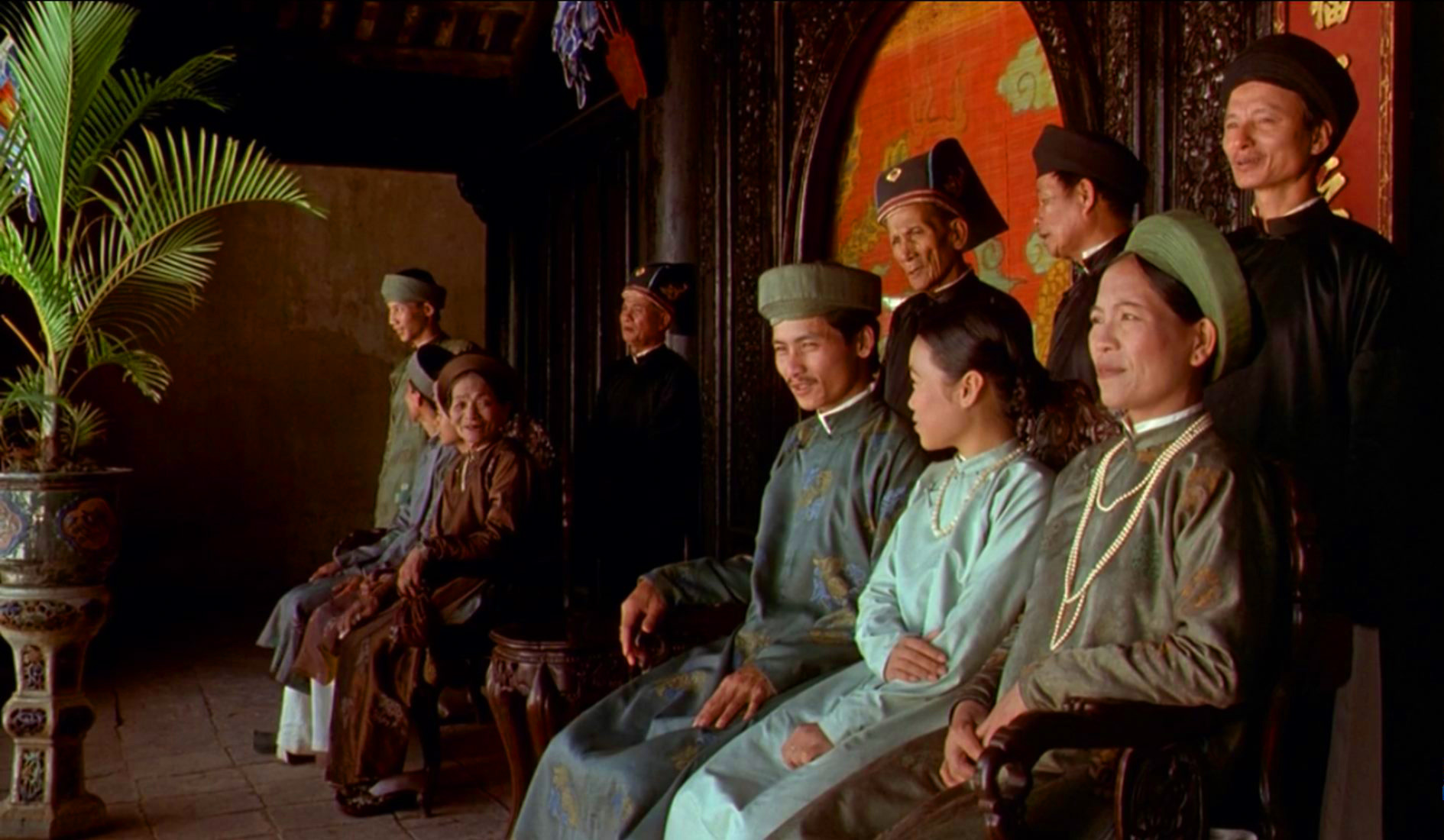
The Nguyễn Dynasty imperial fashion
Image adapted from: Sài Gòn Vi Vu
There are various forms and styles of áo dài, and the ones that you’ll see here are those that you can see in the imperial museums in Huế – and worn by the royal ladies and gentlemen. The forms of the clothing are straight-cut with 5 flaps, the tunics are loose and knee-length, and the patterns are various and colorful.
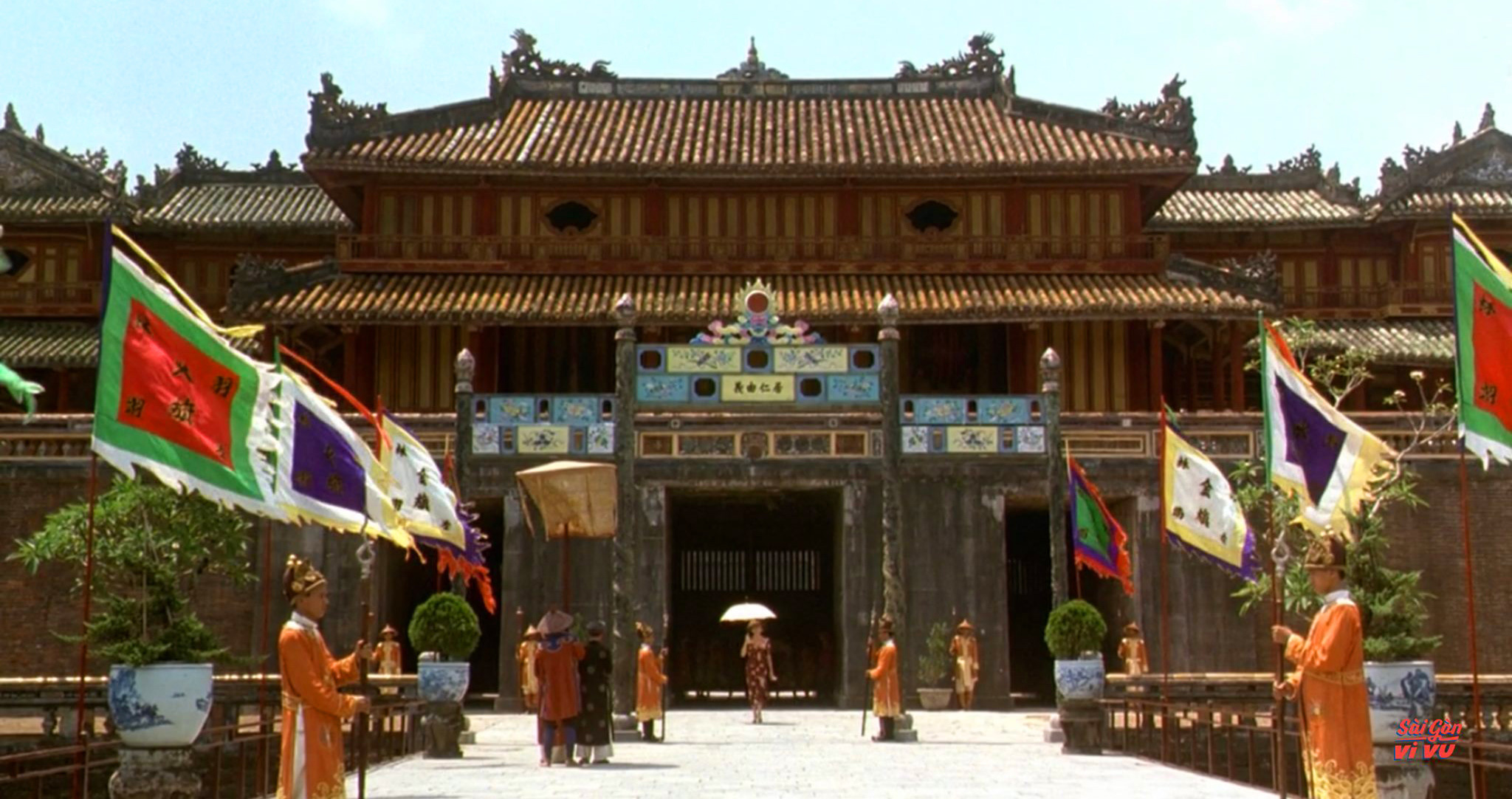
The original look of the Forbidden City replicated in the movie
Image credit: Sài Gòn Vi Vu
My most favorite part is when Éliane walks into the Forbidden City in Huế and a court lady closes her doors after taking a quick glance at the foreign woman. The scene lasts for several seconds only, but it gives the audience a nostalgic glimpse into how a true-blue palatial woman looked, with black teeth and tiny hair buns.
The fashion, makeup, and manners of the people living in Vietnam’s last imperial dynasty are beautifully delivered here.
4. Many filming locations were in Vietnam and Malaysia
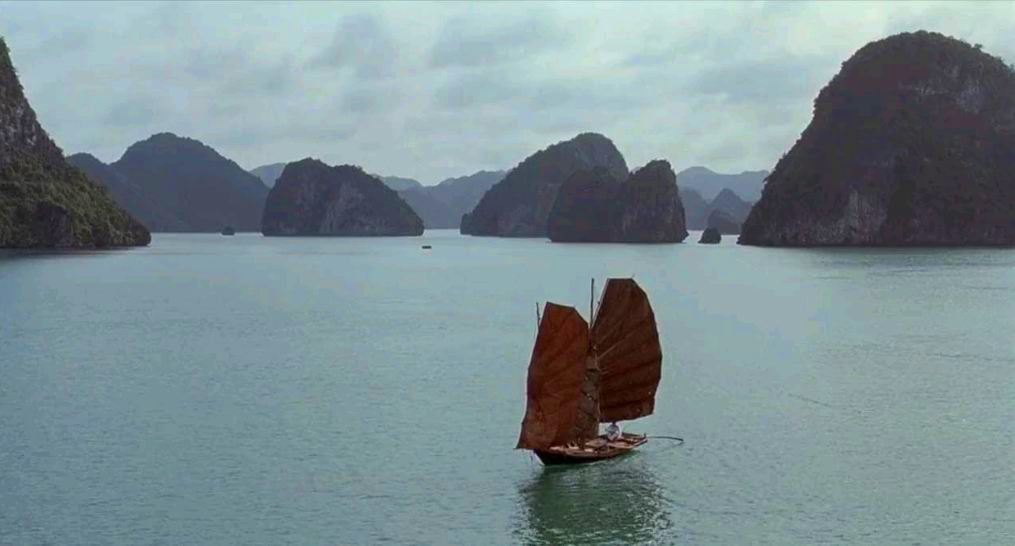
Ha Long Bay
Image credit: IMDB
As Camille navigates strange waters and colonial officers go on a hunt for her, the audience catches sight of Vietnam’s diverse scenery and numerous tourist attractions that are interspersed between the scenes.
From the Forbidden City in Huế to the Thầy Pagoda in Hanoi to Ha Long Bay in Quảng Ninh, many shots in Indochine form a cinematic guide to Vietnam’s geography and cultures.
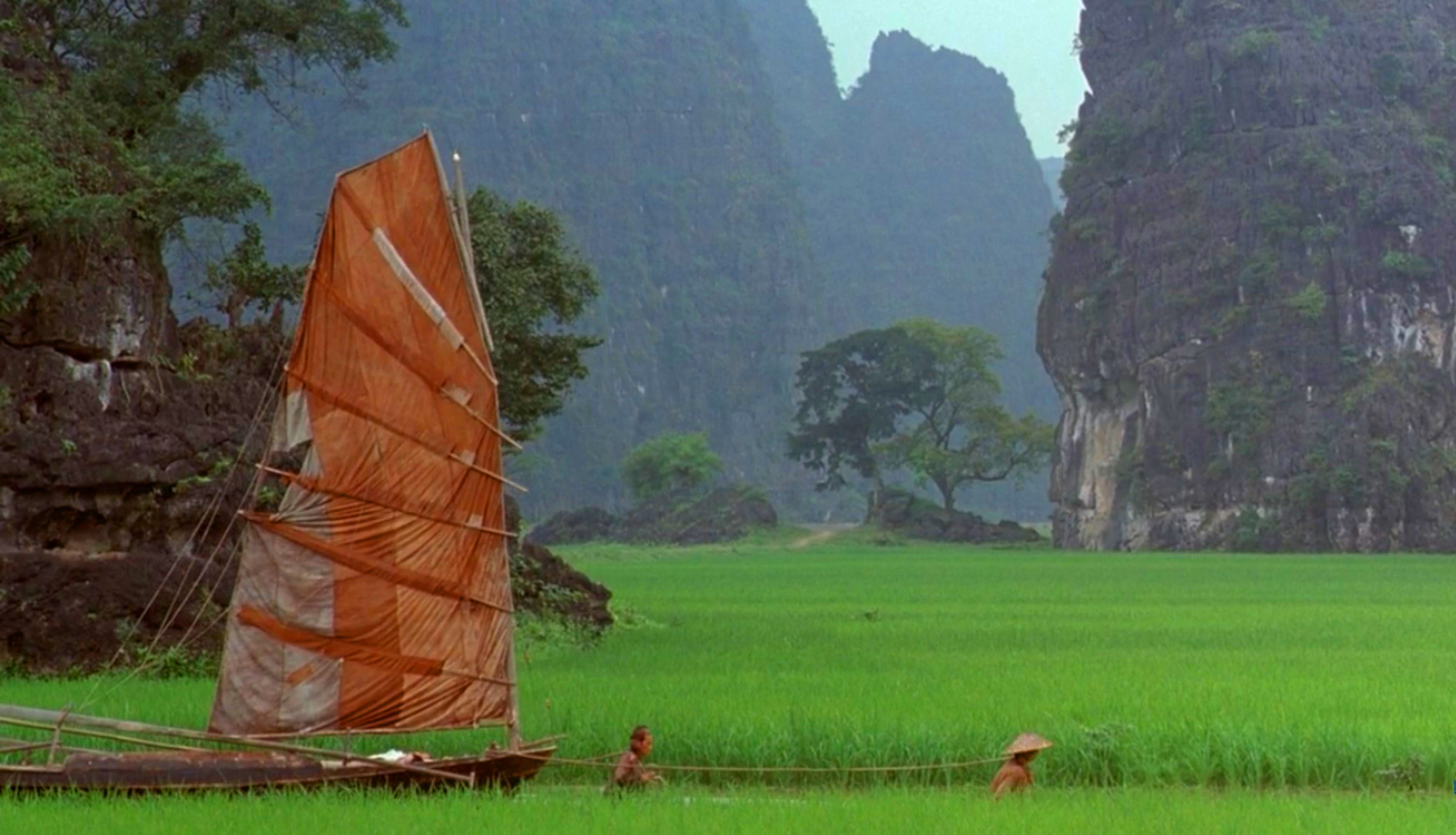
A scene in Ninh Bình
Image credit: IMDB
Throughout the movie, you’ll learn how the French-influenced upper-class in Cochinchina carried themselves, how the royal family members did matchmaking, and how the more reserved and Buddhist-influenced people in Tonkin preserved their cultural heritage through the arts and vernacular fashion.
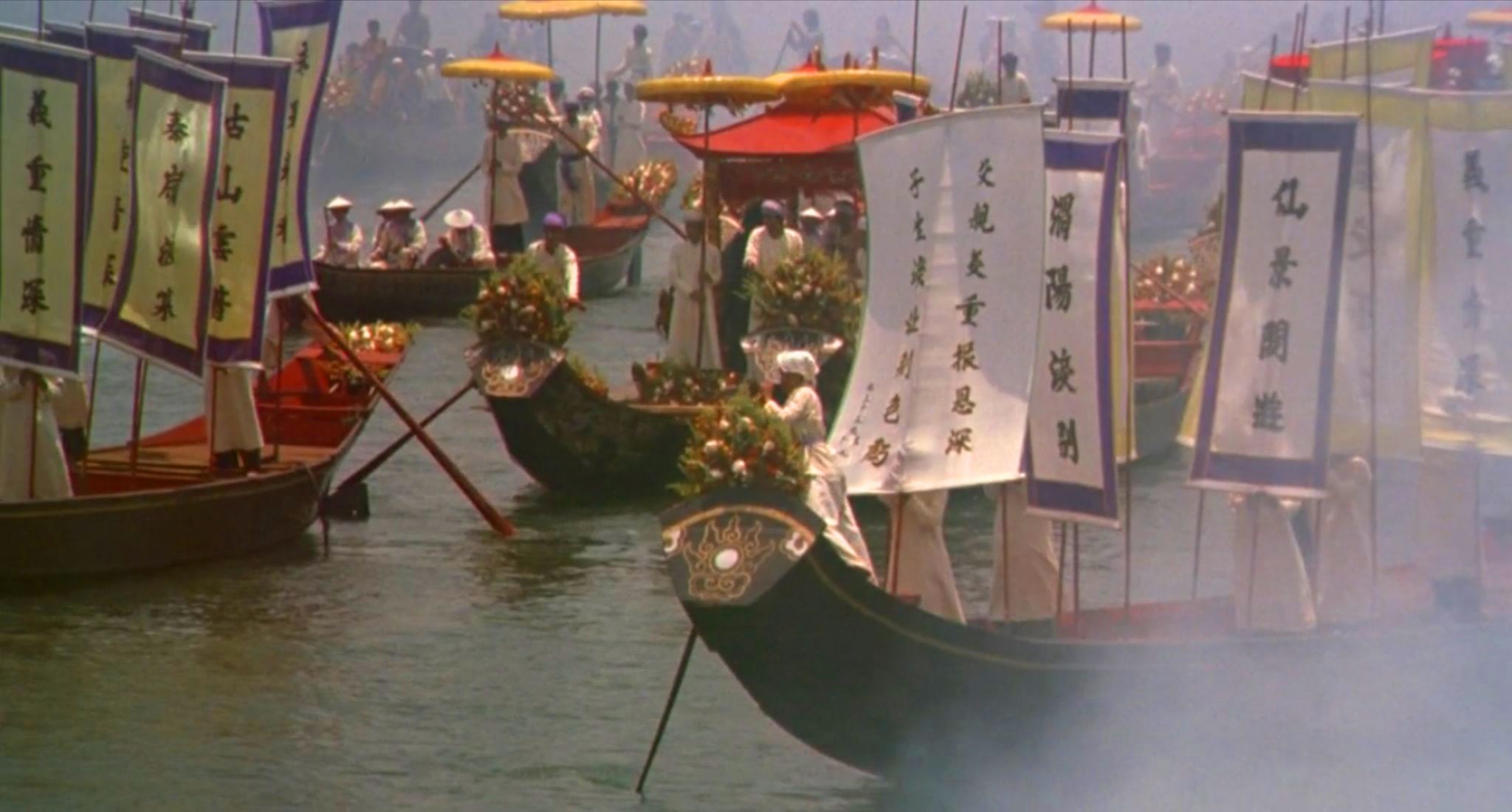
The funeral of Camille’s parents was hosted in accordance with imperial traditions
Image credit: Sài Gòn Vi Vu
Many of the film locations were in Vietnam, such as the Imperial City in Huế, Ha Long Bay in Ha Long, and the Phát Diệm Cathedral in Ninh Bình.
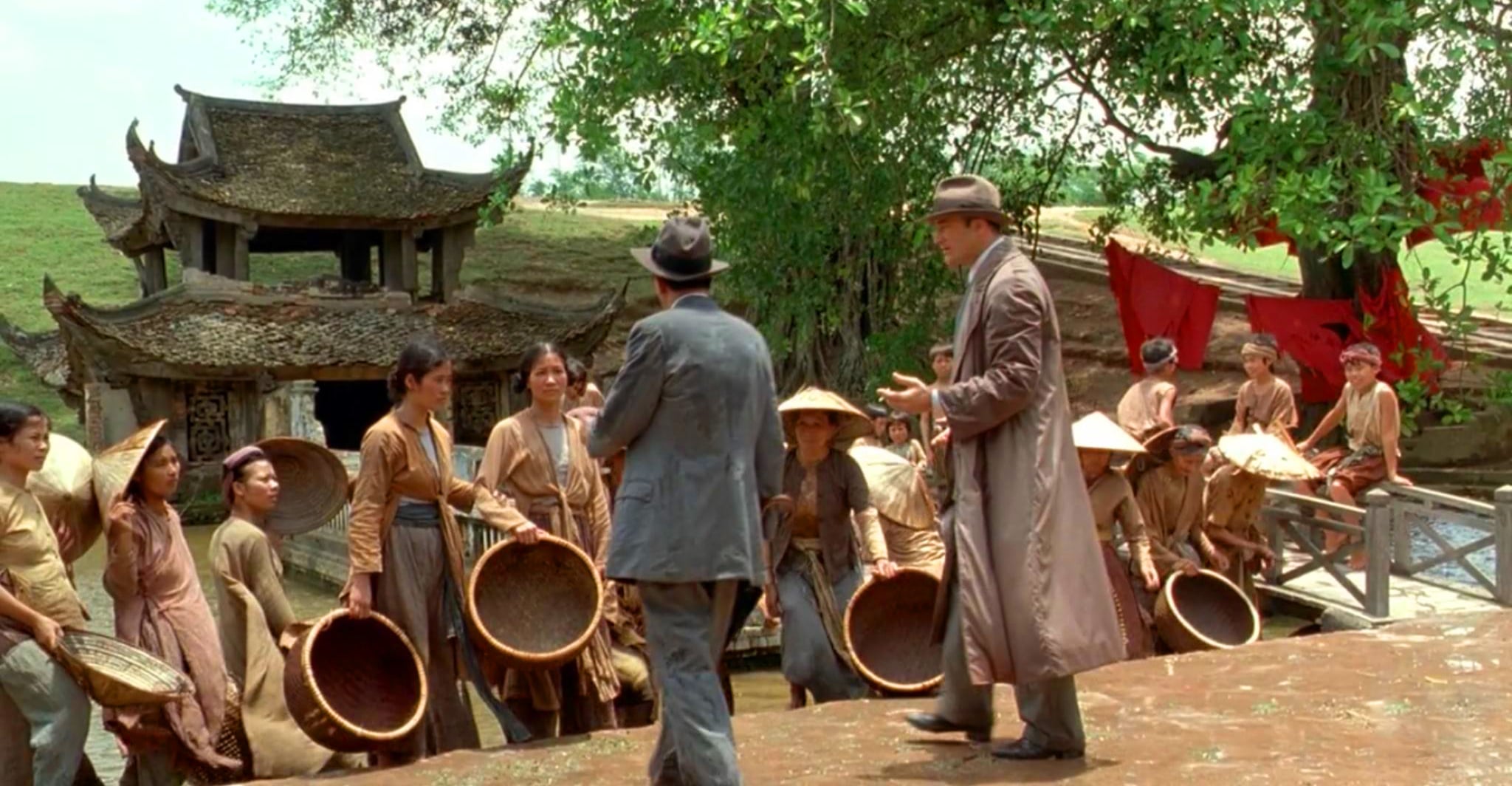
Colonial officers looking for Camille in a northern village
Image adapted from: Sài Gòn Vi Vu
However, the scenes showcasing downtown Saigon such as Hotel Continental and Bến Thành Market were actually shot in Butterworth in Malaysia.
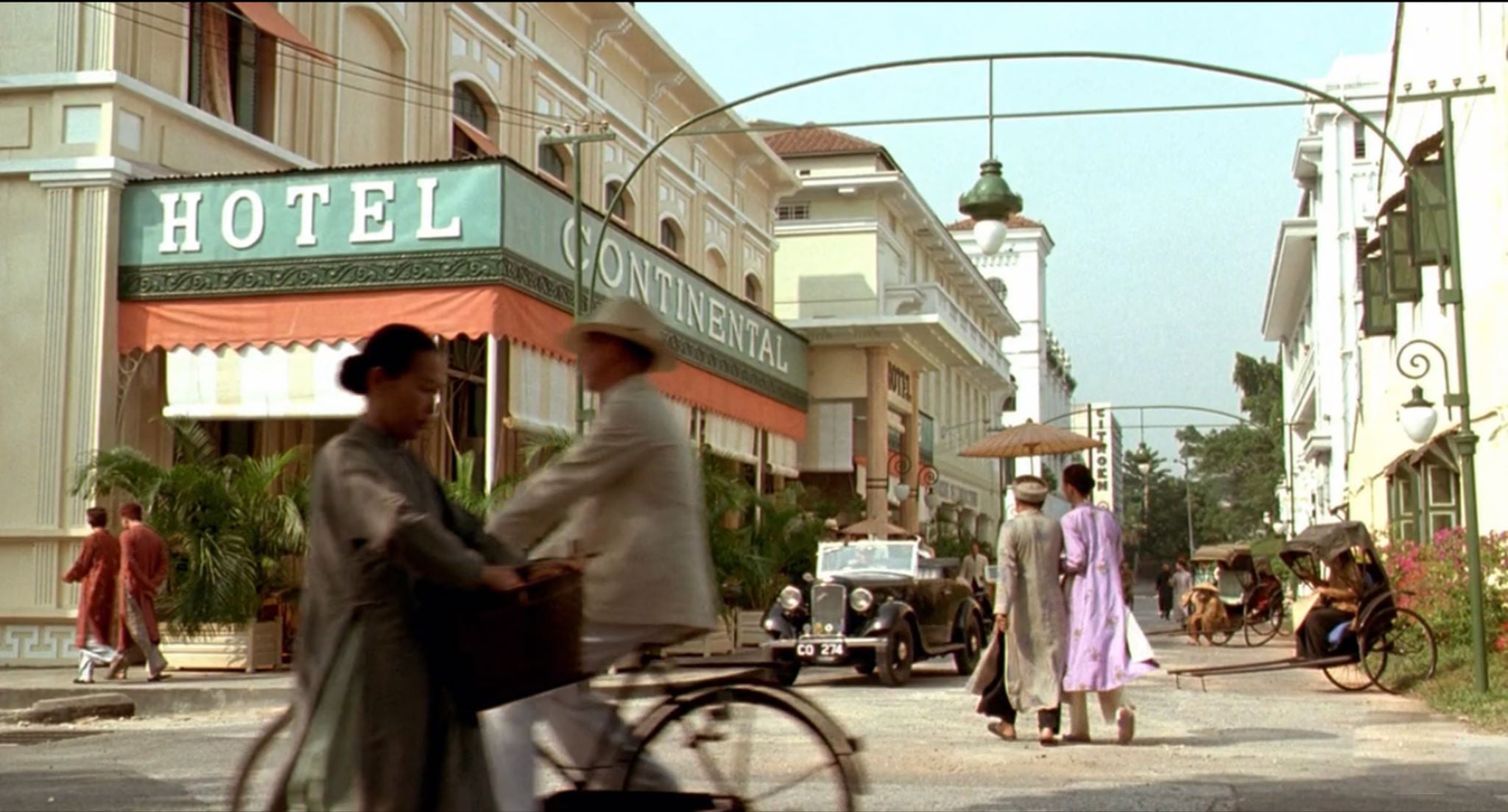
This shot featuring Saigon’s District 1 was actually filmed in Malaysia
Image adapted from: Sài Gòn Vi Vu
Éliane’s lush, airy Indochinese-style plantation house with many pastel-hued shutters was also shot in Crag Hotel in Penang, Malaysia.
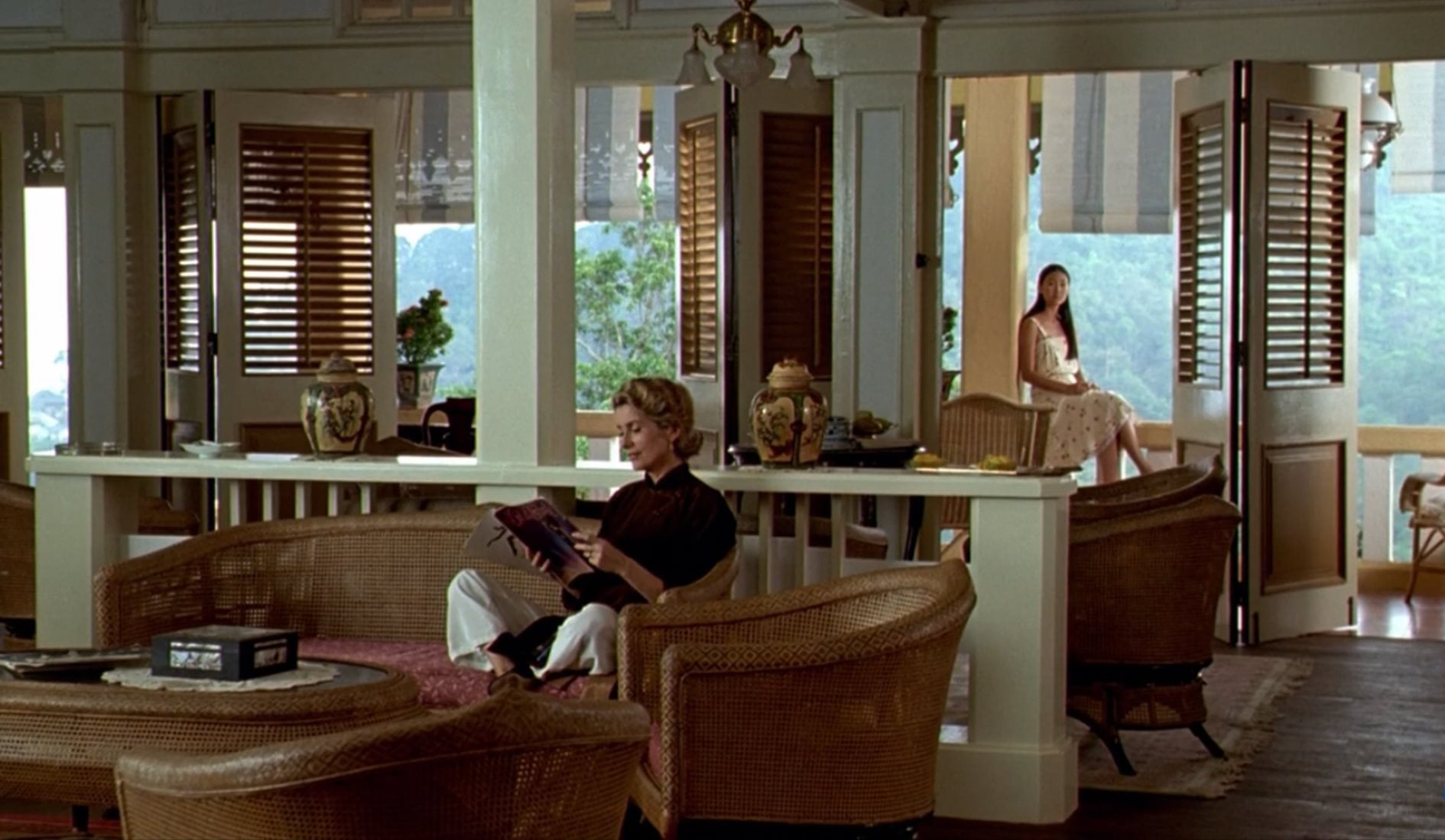
Image adapted from: Sài Gòn Vi Vu
5. The film won numerous awards
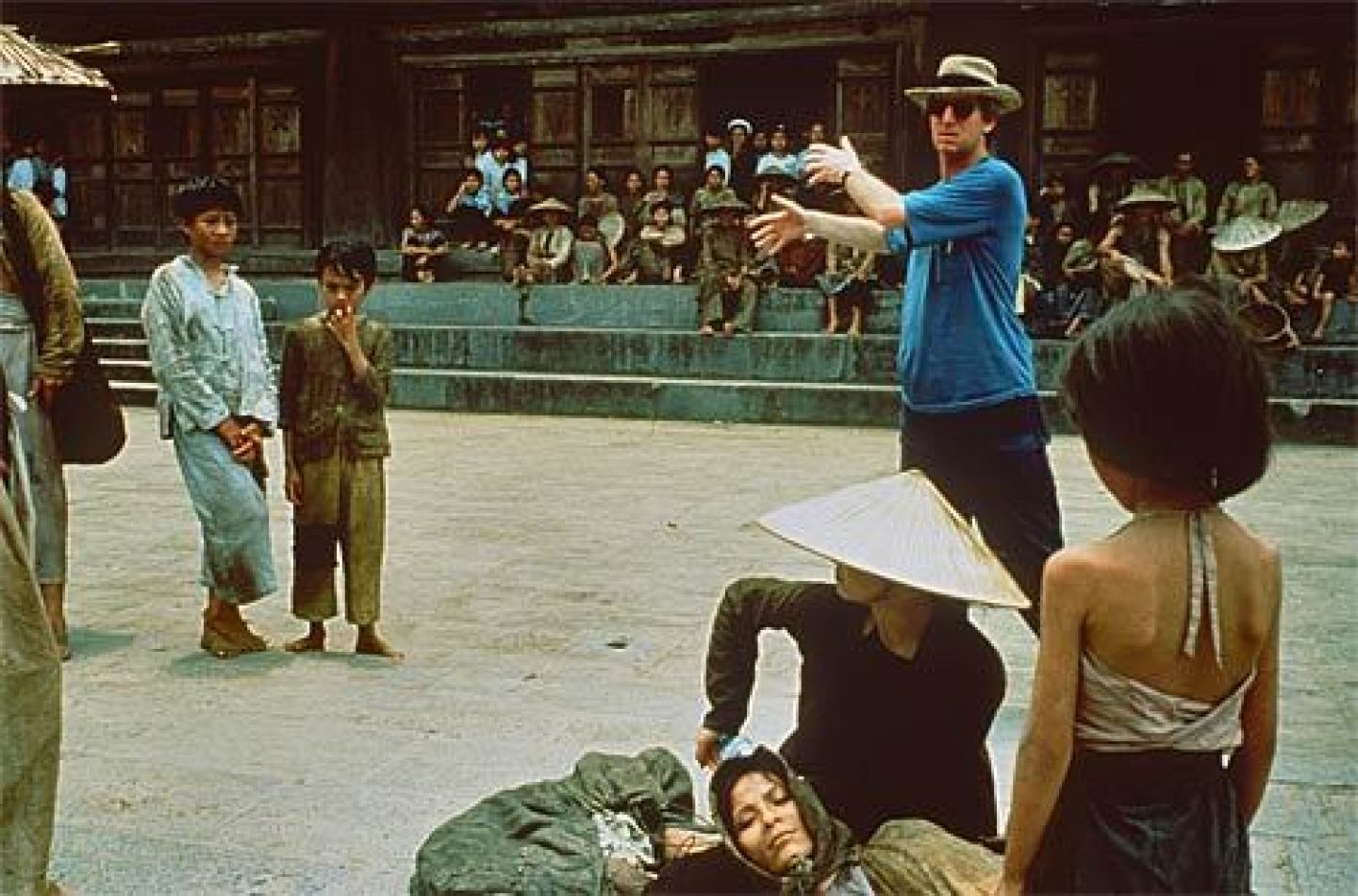
Behind the scenes of Indochine
Image credit: LA Times
Captivating in both plotlines and aesthetics, it’s no surprise that Indochine was a huge success among global cinema-goers.
Not only did the film attain financial success in North America and France, but it also won numerous awards.
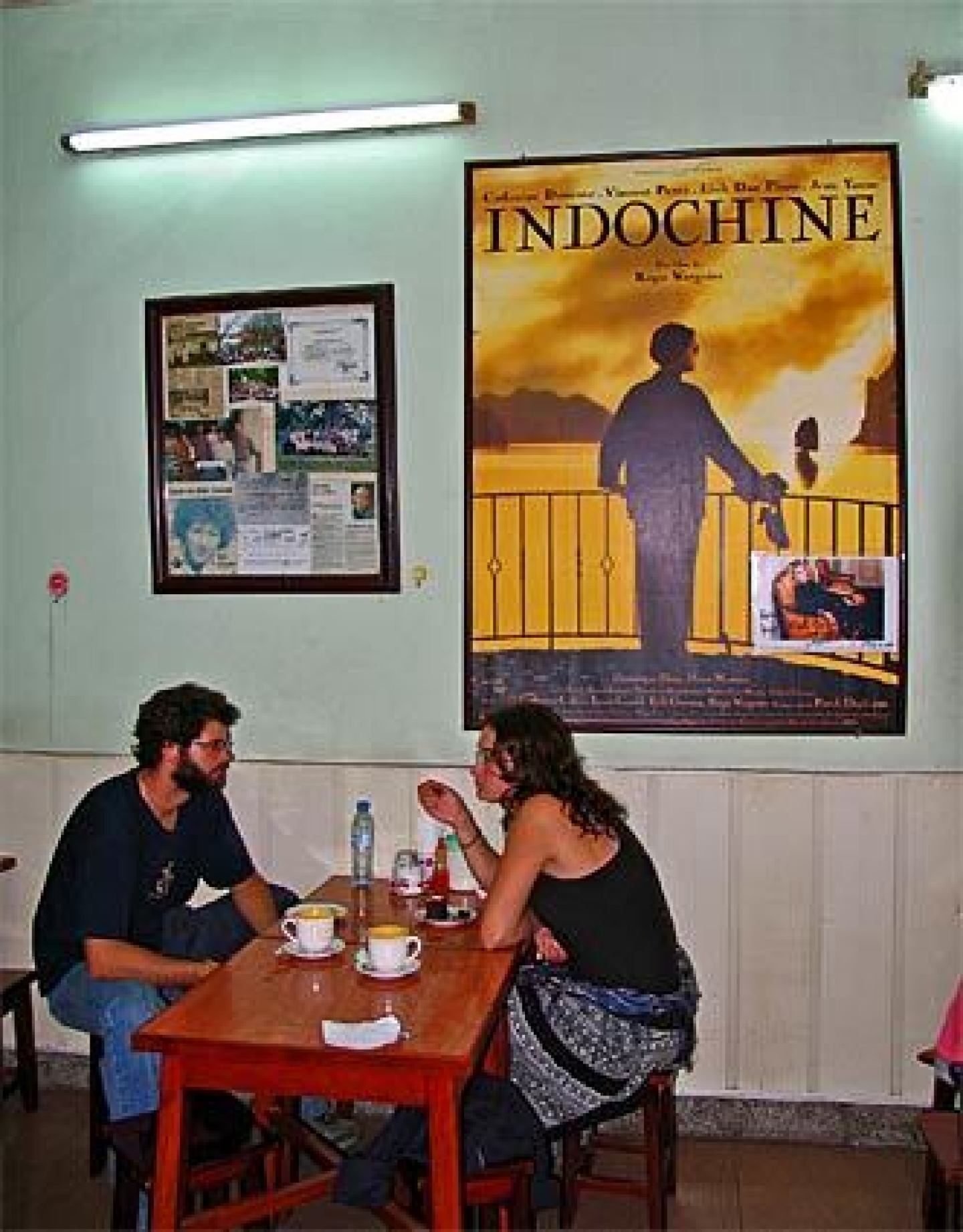
Image credit: LA Times
Among these included the highly coveted Academy Award for the Best Foreign Language Film. Catherine Deneuve, the actress who played Éliane, also got nominated for the Best Actress award.
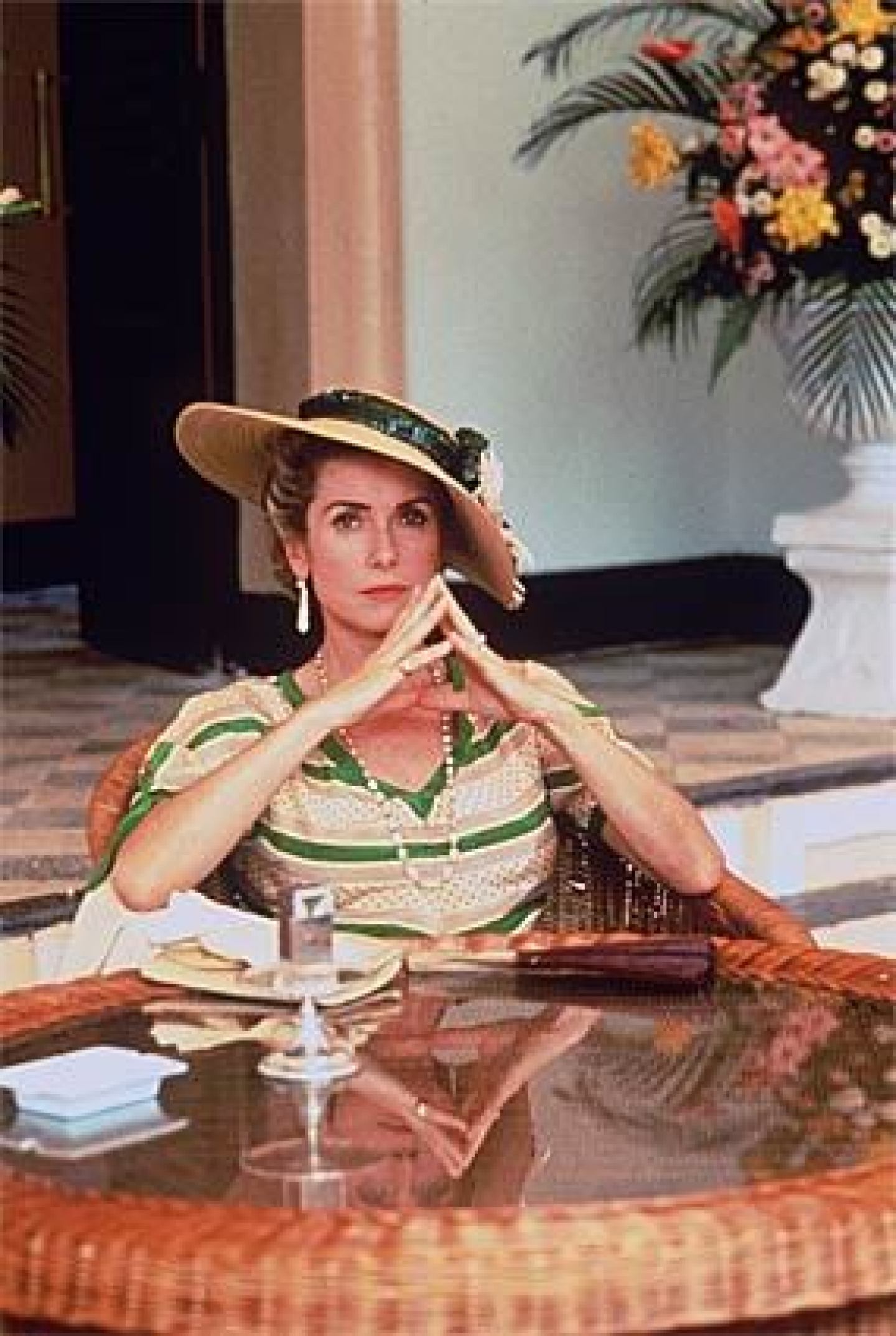
Image credit: LA Times
6. The actress who played Camille is a Vietnamese-French actress
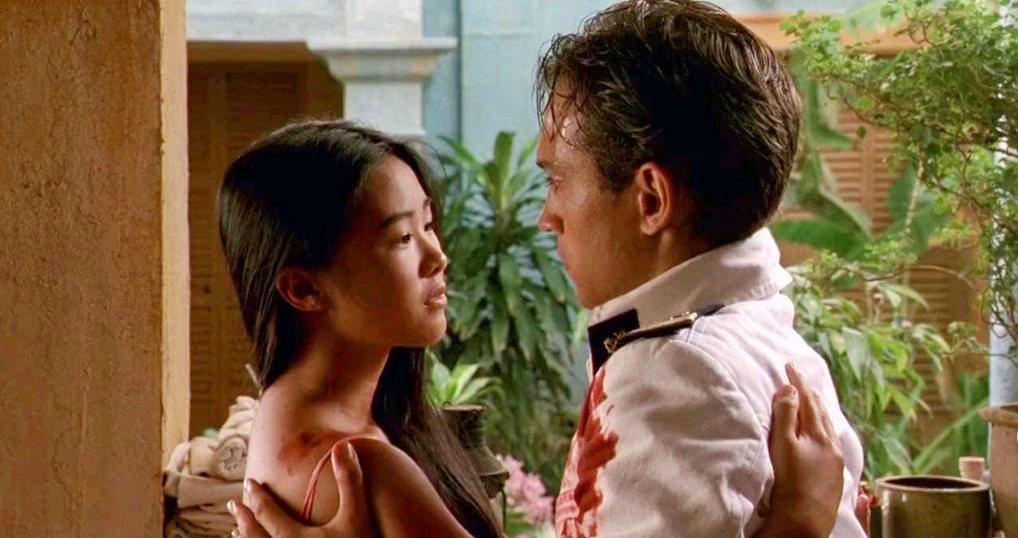
Linh Dan Pham (left)
Image credit: IMDB
Indochine was not the only movie about Vietnam. There have been numerous movies and theatrical works by foreign productions using the Vietnam War as the topic, but the protagonists tend to be non-Vietnamese actresses with Asian looks.
Indochine, fortunately, found Linh Dan Pham, a Vietnamese actress to play Camille – a Vietnamese girl.
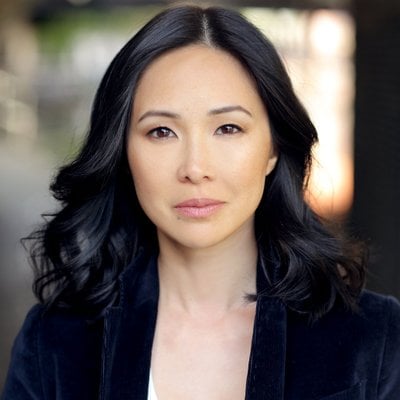
Image credit: Twitter/ Linh-Dan Pham
Linh Dan Pham was born in 1974 in Saigon and emigrated to France when she was 1 year old.
At the age of 18, she joined the cast of Indochine, in which she spoke French most of the time.
According to movie critics, Linh Dan Pham has the look that radiates both innocence and determination befitting a royal Vietnamese lady.
Following the success of Indochine, Linh Dan Pham got a César Awards nomination for most promising actress.
Indochine is a movie that all Vietnamese people can be proud of
Cinematically fascinating and historically compelling, Indochine is a masterpiece in every sense of the word. Glamorous, nuanced, and short-lived, Indochina is the historical source and inspiration for much of southern Vietnam’s architecture and fashion even until today.
The visuals and acting of Indochine has successfully captured everyone’s imagination of an epoch that has sunk into oblivion. Even though the movie was not created or written by a Vietnamese person, it still abounds with stories and qualities that make us Vietnamese proud.
The most striking of them is patriotism – a sense of belonging deep-rooted in our hearts – which can manifest at full strength when the occasion calls for it.
If you are, like Camille, a young person with an ongoing quest to discover your sense of belonging, you really should give this movie a try.
Also check out:
- Empress Nam Phương: winner of Miss Indochina & a Dior fan
- Debunking the myths surrounding the ghost of the Hứa family
- Hui Bon Hoa: from cardboard collector to real estate guru
- Đặng Tuyết Mai: an air hostess turned Second Lady
- Tô Văn Lai: from a crushed dreamer to producer of Paris By Night
Cover image adapted from: IMDB and Sài Gòn Vi Vu
Enjoying The Smart Local Vietnam? Follow us on Facebook, Telegram, Instagram, and LinkedIn for more stories like this. If you have a story to share, email us at pressvn@thesmartlocal.com.
